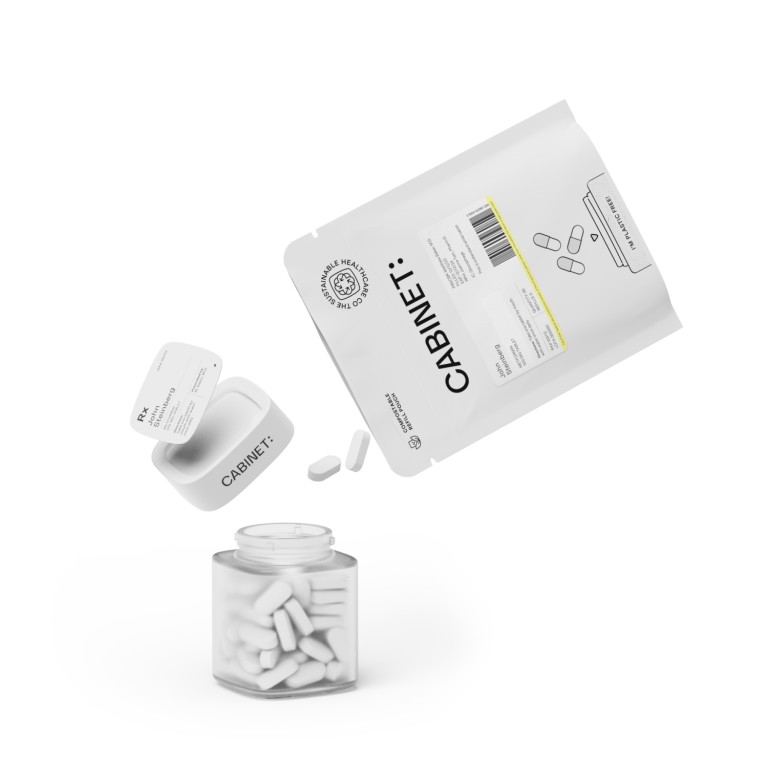Shingles is a viral infection that causes a painful rash. It is caused by the varicella-zoster virus, the same virus that causes chickenpox. After a person recovers from chickenpox, the virus remains inactive in the body. However, later in life, the virus can reactivate and cause shingles. This reactivation often occurs when the immune system is weakened due to age, stress, or other factors.
Understanding Shingles: Causes and Symptoms
Shingles, also known as herpes zoster, is a painful skin rash that usually appears on one side of the body. It typically consists of blister-like sores that break open and form scabs. The rash is accompanied by itching, tingling, and burning sensations. Shingles can affect any part of the body, but it most commonly occurs on the torso, face, or neck.
What is Shingles?
Shingles is caused by the varicella-zoster virus, which is the same virus that causes chickenpox. After a person has had chickenpox, the virus can remain dormant in the nerve tissues near the spinal cord and brain. Years later, the virus can reactivate and travel along the nerve pathways to the skin, causing shingles. The exact reason why the virus reactivates is not fully understood, but it is believed to be related to a weakened immune system or increased stress levels.
Once the virus becomes active, it travels along the nerve fibers, causing inflammation and damage. This results in the characteristic rash and the associated symptoms. The rash typically follows the path of a single nerve, known as a dermatome, which is why it appears on one side of the body.
Common Symptoms of Shingles
Before the rash appears, individuals may experience flu-like symptoms, such as fever, headache, fatigue, and body aches. These symptoms are usually followed by the development of a rash on the affected area. The rash begins as red patches that quickly turn into fluid-filled blisters. The blisters then break open, crust over, and eventually heal. The entire process usually lasts two to four weeks.
In addition to the rash, individuals with shingles may experience other symptoms. These can include sensitivity to touch, numbness or tingling in the affected area, and a general feeling of malaise. The pain associated with shingles can range from mild to severe and can be described as burning, stabbing, or throbbing.
It is important to note that shingles is contagious, but only to individuals who have not had chickenpox or the chickenpox vaccine. Direct contact with the rash or fluid from the blisters can spread the virus. It is recommended to avoid close contact with individuals who have shingles until the blisters have crusted over.
While shingles can be uncomfortable and painful, there are treatment options available to help manage the symptoms and speed up the healing process. Antiviral medications can be prescribed to reduce the severity and duration of the rash. Pain medications, such as over-the-counter analgesics or prescription opioids, may also be recommended to alleviate the discomfort. Additionally, keeping the affected area clean and dry, applying cool compresses, and using calamine lotion can provide relief.
If you suspect you have shingles, it is important to consult a healthcare professional for an accurate diagnosis and appropriate treatment. Early intervention can help prevent complications and reduce the risk of long-term nerve pain, known as postherpetic neuralgia.
The Importance of Early Diagnosis and Treatment
The Role of Early Diagnosis
Early diagnosis of shingles is crucial for effective treatment. The sooner treatment is initiated, the better the outcome. If shingles is diagnosed early, antiviral medications can be prescribed to help reduce the severity and duration of the rash.
Benefits of Early Treatment
Early treatment not only helps alleviate the pain and discomfort associated with shingles but also reduces the risk of complications. Complications of shingles can include postherpetic neuralgia, a long-lasting pain that can persist even after the rash has healed. By seeking early treatment, individuals can significantly lower the chances of developing such complications.
Different Types of Shingles Medication
Antiviral Medications
Antiviral medications are the primary treatment for shingles. They work by stopping the virus from multiplying and spreading. Commonly prescribed antiviral medications include acyclovir, valacyclovir, and famciclovir. These medications are most effective when taken within 72 hours of the rash appearing.
Pain Relievers
Pain relievers like acetaminophen and nonsteroidal anti-inflammatory drugs (NSAIDs) can help manage the pain associated with shingles. They can also reduce inflammation and fever, providing additional relief to individuals with shingles.
Topical Creams
Topical creams containing capsaicin or lidocaine can be used to numb the affected area and provide temporary relief from pain and itching. These creams are applied directly to the rash and can be particularly useful for individuals with localized shingles rashes.
How Shingles Medications Work
The Mechanism of Antiviral Medications
Antiviral medications work by inhibiting viral replication. They do this by interfering with the viral enzymes needed for the virus to multiply. This helps to reduce the severity of the rash, speed up the healing process, and lessen the risk of complications.
The Role of Pain Relievers
Pain relievers work by blocking certain chemicals in the body that cause pain and inflammation. By reducing pain and inflammation, they can improve the overall comfort of individuals with shingles and allow them to carry out their daily activities more easily.
The Effectiveness of Topical Creams
Topical creams containing capsaicin or lidocaine work by numbing the nerve endings in the affected area, reducing pain signals to the brain. They can also provide a soothing effect and help alleviate itching. However, it's important to note that topical creams may not be effective for everyone, and individual results may vary.
Potential Side Effects of Shingles Medication
Common Side Effects
Like any medication, shingles medications can have side effects. Common side effects of antiviral medications include nausea, vomiting, diarrhea, and headache. Pain relievers may cause stomach upset, dizziness, or drowsiness. With topical creams, individuals may experience irritation or redness at the application site. These side effects are usually temporary and resolve on their own.
Serious Side Effects
While rare, there are potential serious side effects associated with shingles medications. If individuals experience signs of an allergic reaction, such as difficulty breathing or swelling of the face, lips, tongue, or throat, they should seek immediate medical attention. Additionally, if they develop severe dizziness, confusion, or difficulty speaking, they should contact a healthcare professional right away.
Overall, shingles medications are generally safe and effective when used as directed. However, it is important to consult with a healthcare professional before starting any medication regimen to ensure it is appropriate for individual circumstances.
With proper treatment, most cases of shingles can be effectively managed, and the rash can heal within a few weeks. However, the best way to prevent shingles is through vaccination. The shingles vaccine is recommended for individuals aged 50 and older, and it can significantly reduce the risk of developing shingles and its complications.
For convenient access to shingles medications and other healthcare products, visit Cabinet Health online pharmacy. With a wide range of pharmaceuticals available at competitive prices, Cabinet Health is committed to providing quality healthcare solutions that meet your needs. Take control of your health and experience the convenience of online pharmacy shopping with Cabinet Health.








